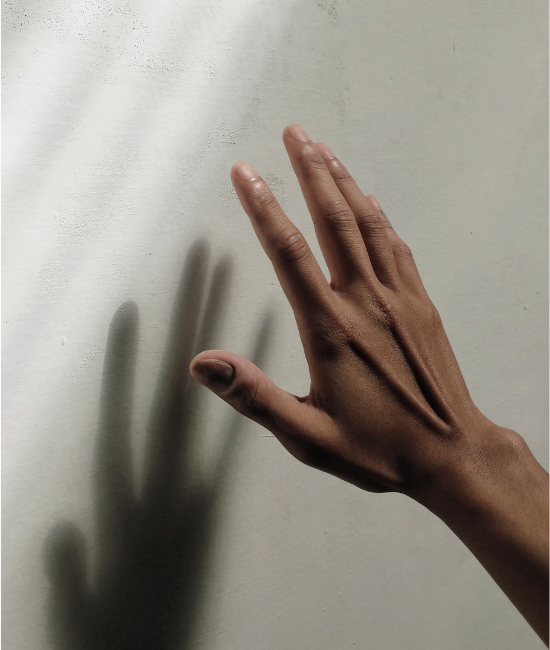Occupational Health Services has been a fantastic partner in supporting the health and well-being of our employees. Their team is highly professional, flexible, and always responsive to our needs. They consistently provide expert guidance and tailored solutions, ensuring that we can offer the best possible support to our workforce. A truly valuable service!
Alex Trevor, Head of Operational HR for ACO Technologies plc
I’ve known Debbie ever since I started my business over eight years ago. Whenever I’ve needed occupational health support, Debbie is right there for me. She has never let me down and everything she has done for me has been of the highest quality. Her professionalism and understanding of the subject is second to none and I have no hesitation whatsoever in recommending her services to anyone that needs an occupational health service.
Stuart Falconer, HR Consultant, Morgan Thomson HR
I have worked with Debbie on a number of occasions and she has become my ‘go to’ occupational health advisor. She is both professional and pragmatic, builds a great rapport with employees and employers alike and produces reports in quick time. Quite simply, the best OH advisor I have worked with.
Jon Phillips, HR Consultant, Calium HR
SA Law has enlisted the expert assistance of Debbie Holder for occupational health support over a number of years on behalf of numerous clients. We have always found her to be approachable and helpful in what can often be very difficult circumstances for our clients. Her advice is timely, comprehensive and comes at a very reasonable fee when compared with a number of other occupational health providers. We would have no hesitation in recommending her services to others.
Chris Cook, Partner, Head of Employment and Data Protection, SA Law
Debbie is our trusted advisor for OH matters and we regularly refer our clients to her. Debbie’s approach means her advice and reporting is always clear and concise and has really helped our clients navigate some tricky situations. We wouldn’t hesitate to recommend Debbie and Occupational Health Services.
Chris Miles, Assistant Manager, People Solutions, Menzies LLP
I have used Occupational Health Services for a range of employee health matters. I find the service very responsive, flexible, medically sound and professional taking into consideration both the employees’ and employers’ situation. The reports are detailed to a high standard to allow the business to review possible support and the next steps with the employee and Occupational Health Services will always advise if a further assessment may be needed.
Leanne Taylor, HR Consultant, Beststart HR
After working with a variety of occupational health providers over the years, I have never worked so closely with a provider who genuinely cares about our colleagues but also about our business. Occupational Health Services Ltd understand our business and spend time to understand our colleagues too. They are always at the end of a phone to give advice, support and give confidence to colleagues working with them for the best outcomes for all.
Linsay Baverstock, People Partner, Settle Group
Debbie has been assisting us with all of our OH needs since 2015 and I can honestly say nothing is too much trouble, quick turnaround if needed, with excellent professional assessments and advice given. Would recommend.
Michelle Bolino, Head of HR, Selectaglaze Ltd, St Albans
Occupational Health Services Ltd has greatly assisted many of my clients and their staff in assessing health issues and providing helpful guidance on road maps to improved health and attendance.
Philip Delafield, HR Consultant, Delafield Consulting ltd
We have worked with Occupational Health Services Ltd for eight years now and the service Debbie has provided has been excellent. She always responds to us within a few hours and is very accommodating to our needs. We feel really confident that our employees will have a positive experience with Debbie, even at a time when perhaps they are not positive themselves. As an employer with a relatively lean head count, we do not feel compromised or exposed with the advice Debbie provides to employees, and instead, take real benefit about how best to return employees to full health in the workplace. Would highly recommend.
Pete Howitt, HR Director, ADR Network


